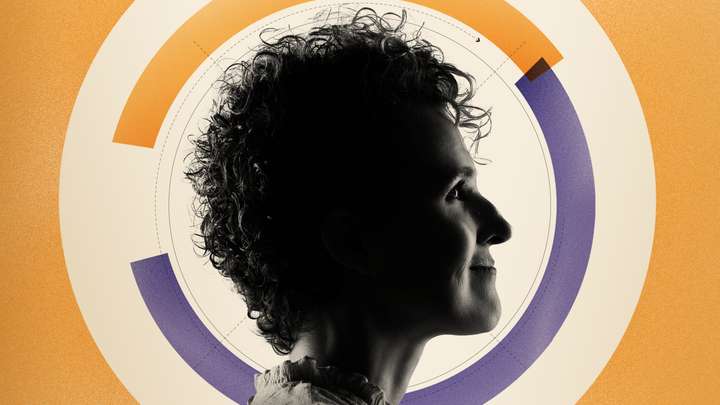
White Folks Who Teach in the Hood, Trouble with Living Wills
Top of Mind with Julie Rose - Season 1, Episode 310
- Jun 3, 2016 6:00 am
- 103:04
For White Folks Who Teach in the Hood Guest: Christopher Emdin, PhD, Professor at Columbia University’s Teachers College, Creator of the #HipHopEd Social Media Movement, Author of “For White Folks Who Teach in the Hood…and the Rest of Y’all Too” If you were to drop by an inner city school just about anywhere in this country – Atlanta, LA, Chicago, Miami, New York – you’ll mostly find white teachers standing in front of classrooms filled with black and brown students. There’s a push in urban districts to recruit more minority teachers. But Christopher Emdin says it’s just as important to improve the teaching of white teachers who are already in those schools. His book, “For White Folks Who Teach in the Hood. . . and the Rest of Y’All Too” outlines something he calls, “reality pedagogy.” It also takes a hard look at the real harm traditional teaching methods can do to youth of color. The Trouble with Living Wills Guest: Samuel Brown, MD, Professor at the University of Utah School of Medicine, Director of the Center for Humanizing Critical Care at Intermountain Medical Center, Author of “Through the Valley of Shadows: Living Wills, Intensive Care and Making Medicine Human” We generally hate thinking about our own lives ending, but when pressed, we tend to know what we want. Those wishes are the basis of a living will, also called an “advance directive” or DNR, which stands for “do not resuscitate.” But, intensive care doctor Samuel Brown says “living wills have outlived their usefulness.” They’re now more likely cause harm to patients and families. It sounds counterintuitive, but if you or someone you love has experienced a critical illness in a hospital ICU, you’ve probably had an inkling that something about the DNR situation didn’t feel right. Dr. Brown says that’s because living wills arose in a time when most people died in ICUs. Today, most people survive. Life-support and resuscitation technologies have different roles than they once had. Today, a blanket Do Not Resuscitate order could actually rob so